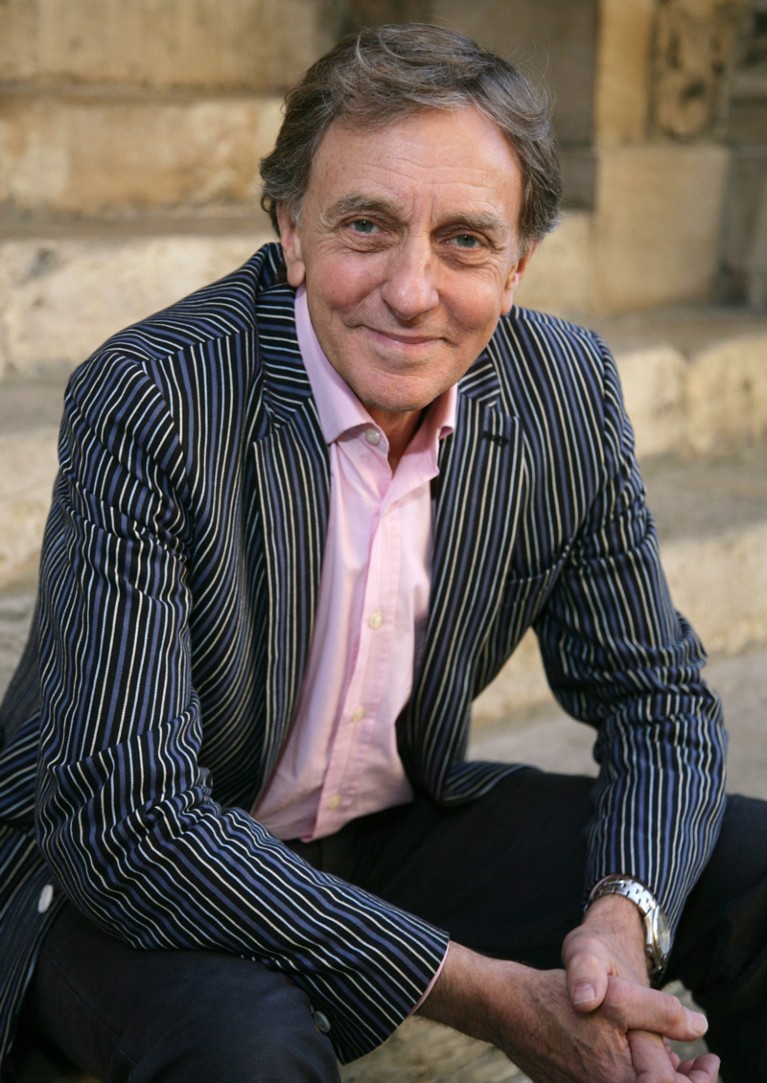
Credit: Geoffrey Swaine/Shutterstock
In 2006, Colin Blakemore, then head of the UK Medical Research Council (MRC), joined Mark Walport, director of the medical research foundation Wellcome, at a press conference hosted by London’s Science Media Centre to publicize a joint statement on research involving apes and monkeys. At the time, the British Union for the Abolition of Vivisection was campaigning to get all such research banned. Asked whether scientists would ever support lifting the existing UK ban specific to great apes, Blakemore replied that he thought the public would tolerate such work if an infectious disease was killing hundreds of thousands of people around the world.
The ensuing headline in The Times of London read, ‘Vivisection on great apes justified, says top scientist’. It was exactly what press officers had wanted to avoid, and I was dispatched to ‘have a word’ with Blakemore. He asked, “What would you have had me do? Not answer the question truthfully?”
This story tells us much about the bravery of the British neuroscientist, who has died aged 78. Blakemore spoke out at a time when the scientific community was silent, and despite his having been the target of a campaign of violence by extremists. Instead of delivering ‘lines’ from press officers, Blakemore preferred to answer questions honestly, whatever the consequences, and became the de facto leader of a campaign for transparency. Today, more than 120 UK research institutes have signed a concordat on openness on animal research, robbing animal-rights activists of the accusation of secrecy.
Blakemore grew up in Coventry, UK, a city then devastated by wartime bombing. His father sold and repaired televisions. He gained free entry to a fee-paying secondary school and won a scholarship to read medical sciences at the University of Cambridge. Rejecting medicine for a research career, he went to the University of California, Berkeley, to embark on a PhD on binocular vision in cats.
Later, returning to the University of Cambridge as a lecturer, he found that vision problems caused by mismatched inputs from the eyes could be corrected, but only when kittens were at a critical developmental age. This led to refinements in the use of eyepatches to prevent ‘lazy eye’ in children born with a squint. Blakemore’s work provided evidence of neural plasticity, the idea that the brain can make new connections in response to damage. He explored this concept in studies of neurodegenerative diseases, such as Parkinson’s and Huntington’s disease, after being appointed professor of physiology at the University of Oxford in 1979, aged only 35.
Is a scientific boycott ever justified?
In 1976, Blakemore’s flair for communicating saw him become the youngest person to deliver the prestigious Reith lectures on BBC radio, choosing as his topic ‘Mechanics of the Mind’. In 1988, he presented a 13-part BBC TV series, The Mind Machine.
Long before the term ‘deficit model’ was coined to describe the way some scientists tried to change minds with a barrage of scientific facts, Blakemore demonstrated how to engage in true dialogue. In 1992, he and a leading opponent of animal research set up the Boyd Group, a think tank that aimed to bring the two sides together to identify areas of agreement.
As head of the MRC from 2003 to 2007, Blakemore was unafraid to challenge the UK government when he thought medical research was under threat, and he was disappointed that those heading the country’s research councils in recent years have been more reticent. A knighthood usually goes with the job, but a leaked memo revealed that civil servants blocked his, fearing that his views on animal research were too controversial. Blakemore threatened to resign unless ministers publicly reassured the science community that they backed the use of animals in research, which they duly did. He went on to reform the MRC and win increased funding (and finally received a knighthood in 2014).
In the 2010s, a small, outspoken group of campaigners demanded the retraction of MRC-funded research into chronic fatigue syndrome, also known as myalgic encephalomyelitis, which found that treatments including cognitive behavioural therapy could help some people with their symptoms. Blakemore wrote articles defending the research, arguing against pitting biological and psychological research against each other and warning that patients would be the losers if the scientific community gave in to pressure to close down any avenue of research.
He worked closely with other experts to bring relevant information to policymakers, gathering evidence on the relative harms of legal and illegal substances and calling for folic acid to be added to flour to prevent neural-tube defects in babies, a campaign that succeeded last year.
Blakemore acted as adviser, patron or board member for a wide range of organizations concerned with science and brain health. In 2008, he was appointed president of the MND Association, a UK charity focusing on motor neuron disease. He invited me to give an after-dinner speech at its board’s away day, where it was obvious how much the trustees, several of whom had the condition, adored him. It was therefore devastating that Blakemore would succumb to this disease.
At a 2021 Festschrift event to honour Blakemore, the head of a non-profit science advocacy group called on others to learn from the ways in which Blakemore enabled passionate but respectful disagreement. “True tolerance in public debate … recognizes and acknowledges difference … and talks about it.”
A fitting legacy would be a scientific community that is prepared to be bolder and braver.

 Is a scientific boycott ever justified?
Is a scientific boycott ever justified?





